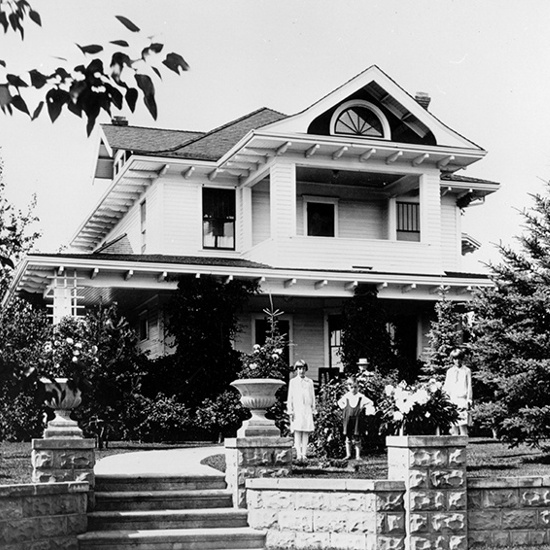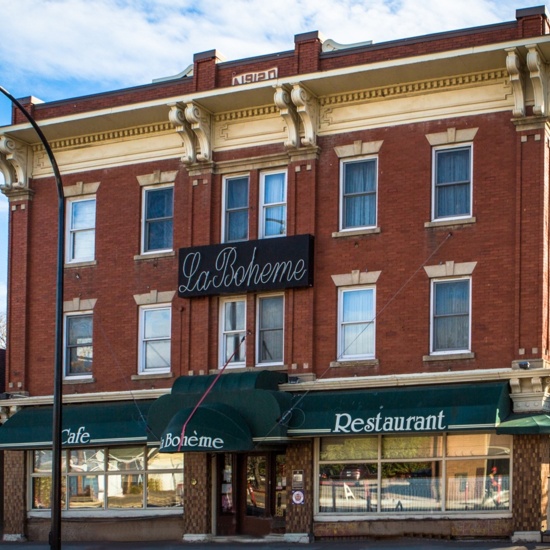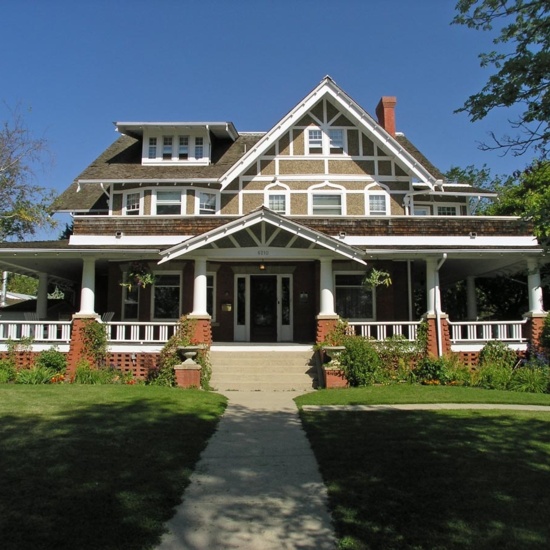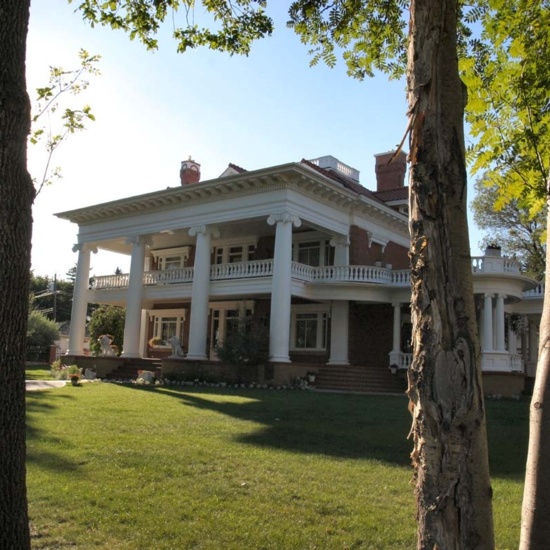Ernest William Morehouse
Retained by Magrath & Holgate as architect for their new development, Morehouse designed at least thirteen buildings in The Highlands between 1912 and 1915.
Retained by Magrath & Holgate as architect for their new development, Morehouse designed at least thirteen buildings in The Highlands between 1912 and 1915.
Nesbitt & Morehouse (1912)
Ernest William Morehouse was born in Chatsworth, Ontario in 1871. He studied architecture at the Polytechnic School in Toronto, then moved between Chicago, Detroit, Chatham, and other Ontario locations primarily working as a building contractor of factories and manufacturing plants. Morehouse moved to Alberta with his wife, Minnie L. Jaynes and two children in 1910.
After a brief partnership with Arthur F. Nesbitt in 1912, Morehouse was hired by real estate developers William J. Magrath and Bidwell Holgate to design high end residences for their ambitious new development of The Highlands. Morehouse certainly designed the Holgate Mansion, the Magrath Mansion and Coach House, as well as his own residence, however, being contracted by the developers, he may have actually designed up to thirty homes in the new district with styles ranging from Georgian Revival to Tudor Revival. The Highlands Methodist Church and the Gibbard Block - one of the city’s first luxury apartment buildings - were also his handiwork. Unfortunately for Magrath & Holgate, for Morehouse, and for The Highlands, only four residences in the community were completed before the global recession made its way to Edmonton and forever ended the possibility of a completely prestigious neighbourhood.
Having also designed the Barton Block, St. Lawrence Apartments, Crafts & Lee Store, and New Westminster Rooms, Morehouse was also retained by the Federal Department of Indian Affairs to design the Edmonton Indian Residential School in 1920. The school accommodated up to 125 First Nations children in grades 1 to 8 from as far away as northern British Columbia and Haida Gwaii from 1924-1966; it was destroyed by arson in 2000.
Morehouse sat on the board of Highlands Methodist Church and the city hospital board. He was vice-president of the Alberta Association of Architects in 1921. In 1929 Morehouse left for Detroit and died there in 1937.
Details
Full Name
Ernest William Morehouse
Time Periods
Neighbourhoods
Architectural Styles
Character Defining Elements
Balcony, Balustrade, Bay window, Brackets, Brick cladding, Brick structure, Clapboard siding, Concrete block structure, Cornice, Date stone, Enclosed eaves, Exposed rafters, Flat roof, Giant columns, Half-timbering, Intersecting gable roof, Intersecting hipped roof, Irregular footprint, Keystone, Lintel, Nailed frame structure, Parapet, Pebble dash stucco cladding, Pier or Pillar, Pilaster, Pillars, Porte cochere, Portico, Pyramidal roof, Quoins, Rectangular footprint, Shed roof dormer, Skylight, Three storeys or more, Two & a half storeys, Veranda



